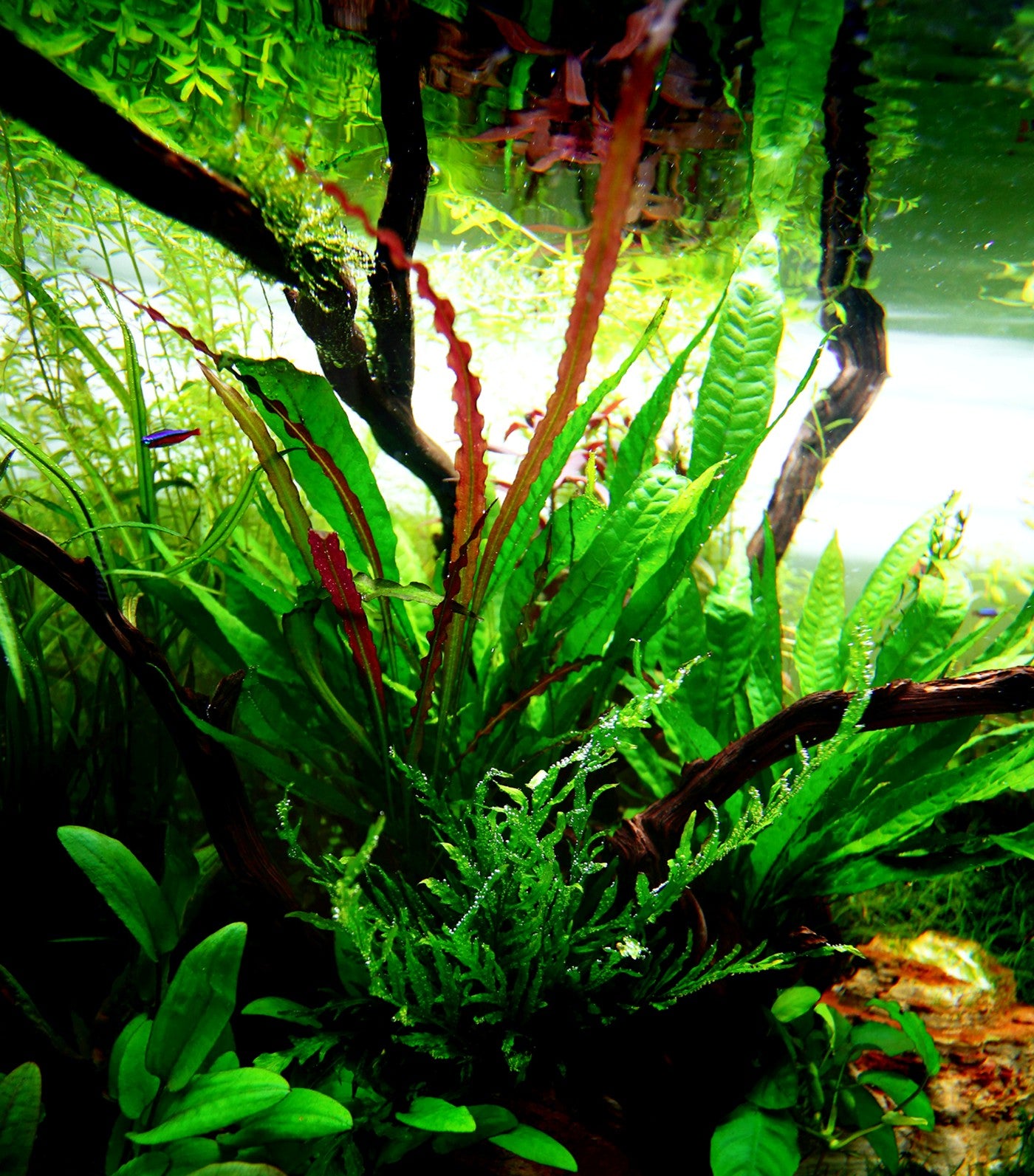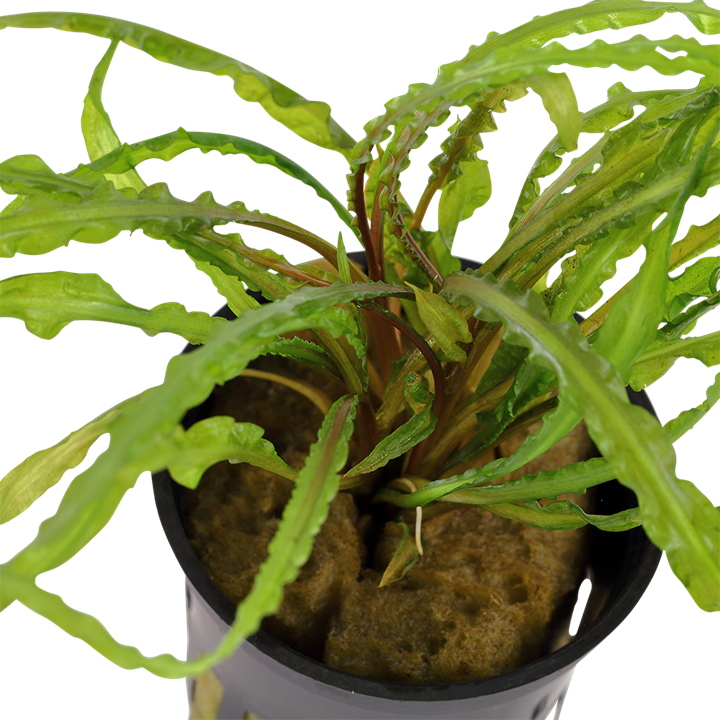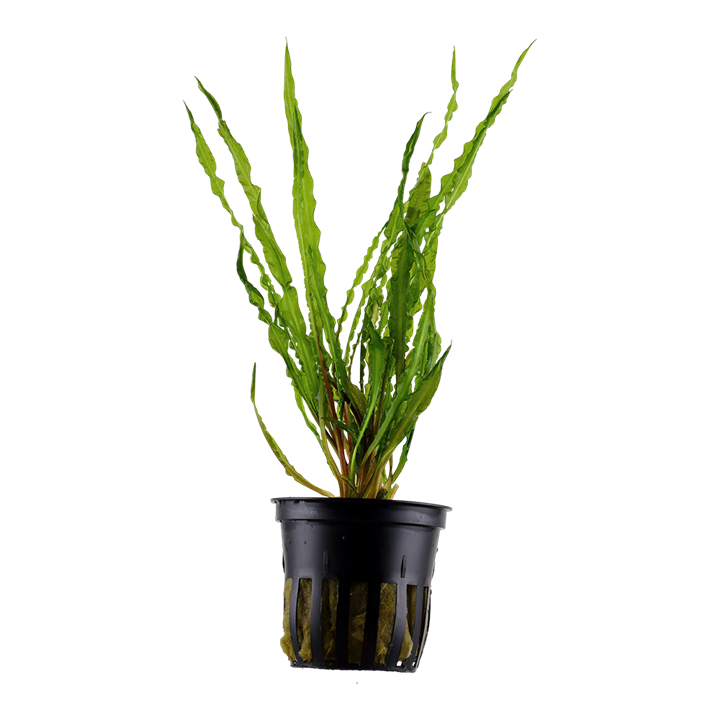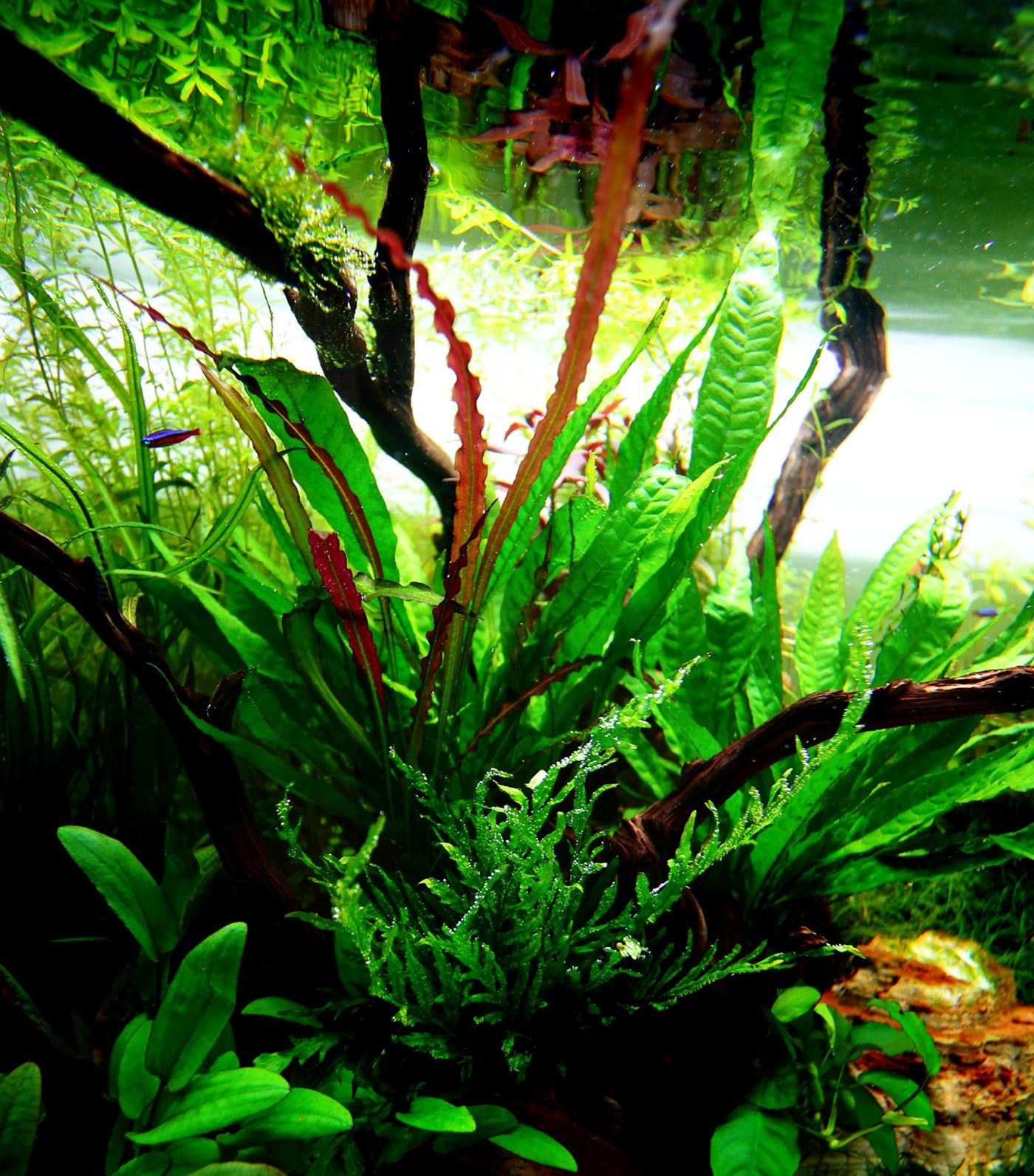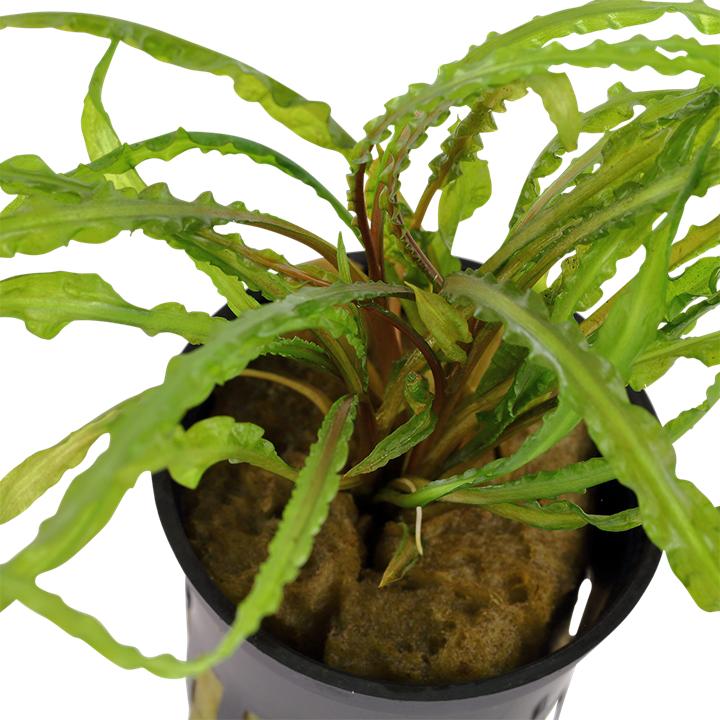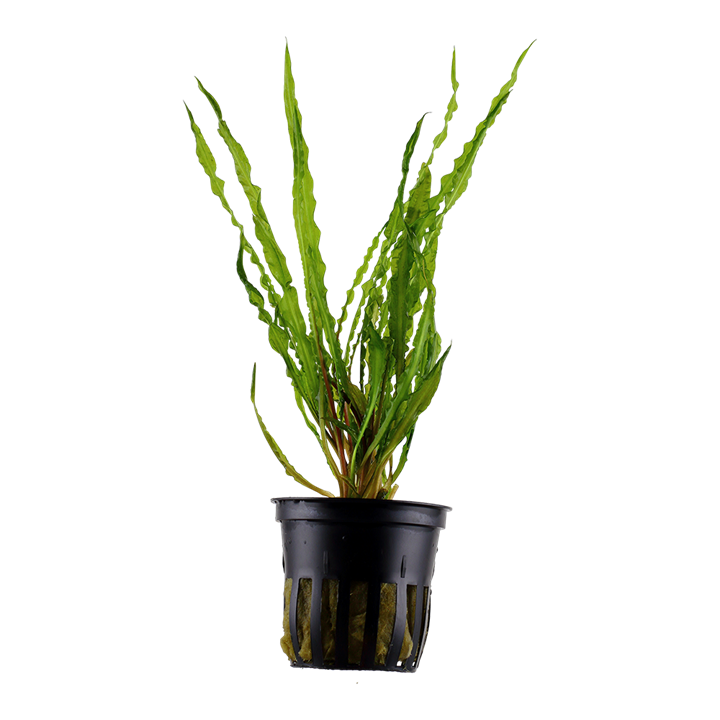1
/
of
3
Aponogeton crispus 'Red' - 5cm Net Pot
Aponogeton crispus 'Red' - 5cm Net Pot
Regular price
$21.65 AUD
Regular price
Sale price
$21.65 AUD
Unit price
/
per
Shipping calculated at checkout.
We have 6 in stock
Couldn't load pickup availability
Aponogeton crispus 'Red' - 5cm Net Pot
Product Details
Contents: One Aponogeton crispus 'Red' plant in a 5cm net pot.
Dimensions: Height varies between 20-50cm; leaf width up to 5cm.
General Description
- Common Name(s): Red Water Trumpet
- Scientific Name: Aponogeton crispus 'Red'
- Visual Description: This aquatic plant features wavy, ruffled leaves that are a striking red-brown color, adding a splash of color and texture to any aquarium.
Growing Conditions
- Light Requirements: Moderate to high lighting.
- Water Requirements: Prefers soft to moderately hard water.
- Temperature Range: 20°C to 28°C (68°F to 82°F).
- Humidity Preferences: Submerged growth; humidity is not a concern.
Planting & Care
- Substrate Preferences: Benefits from a nutrient-rich substrate but can also grow in gravel or sand.
- Fertilization Needs: Responds well to root tabs and liquid fertilizers.
- Propagation Methods: Primarily through bulb division. Occasionally produces seeds.
- Pruning/Tidying Up: Remove old or decaying leaves at the base to encourage new growth.
Placement
- Aquarium Placement: Best placed in the mid-ground to background of the aquarium.
- Attachment: Not applicable; this plant should be planted in the substrate.
- Spacing Requirements: Allow at least 5-10cm between plants to ensure room for growth.
Compatibility
- Aquarium Compatibility: Compatible with most freshwater fish and invertebrates, except those known to excessively nibble on or uproot plants.
- Pest/Disease Resistance: Generally robust, but watch for signs of nutrient deficiencies or pests like snails.
Special Requirements or Tips
- Special Care Instructions: Ensure adequate nutrients and lighting to maintain coloration and health.
- Seasonal Care: Can go dormant; reduce fertilization and allow the bulb to rest if leaves begin to die back.
Ecological Impact
- Invasiveness: Not considered invasive in aquarium settings but should not be released into the wild.
- Benefit to Wildlife: Provides shelter and breeding grounds for aquatic life in aquariums.
Share
